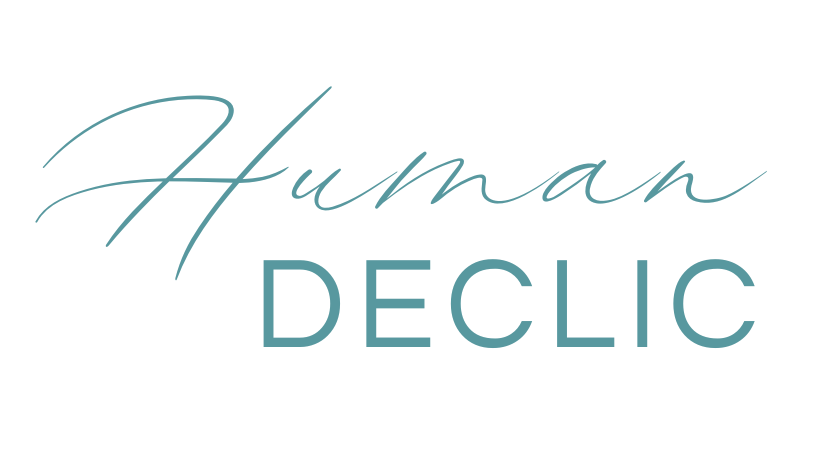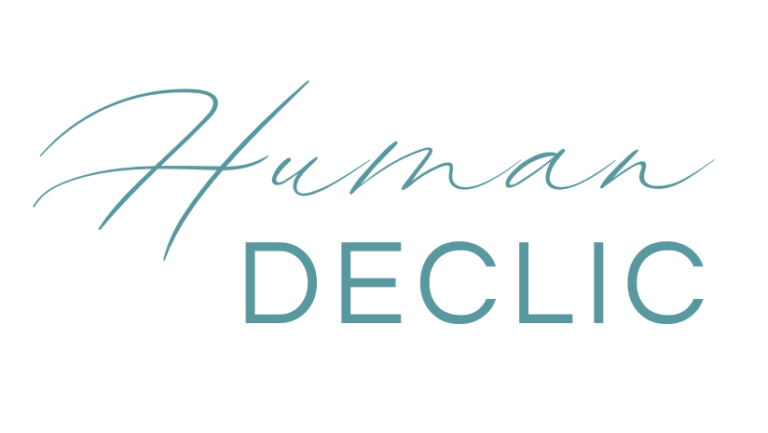In a professional world where the mantra of “always doing more” often dominates corporate cultures, learning to say “no” may seem counterintuitive. Yet, this skill is essential not only for our professional survival but also for our personal growth. The inability to refuse excessive or inappropriate demands can lead to workload overload, increased stress, and ultimately, a decrease in both productivity and well-being.
The dilemma is real: how do we maintain a healthy balance between being cooperative and protective of our own time and resources? The stakes go beyond mere task management; it touches upon our ability to establish clear boundaries that preserve our integrity and mental health. Without these boundaries, we risk burning out, losing sight of our priority goals, and letting our passion for our work erode.
This article explores why mastering the art of saying “no” is crucial and offers concrete strategies to do so respectfully and effectively. By developing this skill, we not only improve our time management but also strengthen our commitment to tasks that are truly important for our professional and personal success.
Why is it Difficult to Say “No”?
Saying “no” at work is often more complicated than it seems. This difficulty can mainly be attributed to two factors: social and professional pressure, as well as fear of negative consequences. Let’s delve deeper into these two aspects.
Social and Professional Pressure
In many work environments, there’s an implicit expectation that employees should always be ready to take on new tasks, participate in additional projects, or extend their working hours. This social pressure to be perceived as cooperative or a “team player” is powerful and can make saying “no” extremely challenging. Refusing a request can often be wrongly interpreted as a lack of dedication or flexibility, creating a strong reluctance to establish clear boundaries.
Pressure can also come from the hierarchy. Some managers may, sometimes unconsciously, encourage this culture of “yes” by valorizing employees who always take on more work, thus creating a challenging model to contest for those seeking to maintain a healthy work-life balance.
Fear of Consequences
The second major reason why it’s difficult to say “no” is the fear of consequences. Many employees fear that refusing additional work or projects might make them appear less committed or less competent, which could affect their career progression or job security. This fear is heightened in uncertain economic contexts where job security is already precarious.
There’s also a genuine concern that saying “no” could damage professional relationships. Colleagues or managers might feel rejected or upset by a refusal, especially if they rely on your assistance to lighten their workload. Maintaining good relationships at work is crucial, and many believe that saying “no” could jeopardize these relationships.
By acknowledging these pressures and fears, we can begin to understand why it’s often so difficult to say “no,” despite the obvious benefits for our health and effectiveness. The next section will explore how to overcome these obstacles to establish healthy boundaries at work.
The Benefits of Saying “No”
Learning to say “no” effectively can bring many benefits, both professionally and personally. This section details how refusing certain requests can improve our time and resource management and contribute to preserving our mental health and well-being.
Improved Time and Resource Management
One immediate consequence of knowing how to say “no” is better time management. By declining tasks that are not essential or don’t align with your main professional goals, you can focus more on activities that add value to your work and professional development. This leads to increased efficiency and satisfaction as you invest your energy where it truly matters.
Moreover, it allows for better resource allocation. Rather than spreading your efforts across too many projects, which can dilute effectiveness and quality of work, saying “no” helps you use your skills and time more strategically. This not only enhances your efficiency but also your ability to achieve desired outcomes with less stress and fatigue.
Preservation of Mental Health and Well-being
Refusing to take on excessive commitments is also crucial for your mental health. Overwork is one of the leading causes of burnout, stress, and depression. By setting clear boundaries, you protect yourself from professional exhaustion and maintain a healthier balance between work and personal life.
Saying “no” can also contribute to better self-esteem. It teaches you to value your time and well-being above external expectations, thus strengthening your confidence in your own limits and needs. By practicing this skill, you develop increased resilience against workplace pressures and foster an environment where your mental health is prioritized.
These benefits clearly demonstrate that saying “no” is not only beneficial but essential for a fulfilling professional life. The next section will address practical strategies for integrating this skill into your daily routine, enabling you to fully reap these benefits.
Practical Strategies for Saying “No” Effectively
Knowing how to say “no” is a skill that can be honed with practice and the adoption of appropriate strategies. This section offers practical advice for refusing requests effectively while maintaining good professional relationships.
Assessing and Prioritizing Requests
Before responding to a request, take a moment to assess its importance and relevance to your current goals and responsibilities. Ask yourself the following questions:
- Does this task align with my long-term goals or my team’s objectives?
- Do I have the necessary resources to accomplish this without compromising my other commitments?
- What will be the consequences if I decline this request?
This assessment will help you decide whether a request deserves a “yes” or requires a “no.” Prioritizing your tasks in this way will allow you to stay focused on what truly matters to you.
Communication Techniques
Diplomacy and Clarity
It’s crucial to communicate your refusal in a manner that is both clear and diplomatic. Express your refusal in a way that shows you have seriously considered the request and that, after reflection, you have concluded that you cannot respond favorably. Be firm but courteous, briefly explaining the reasons for your decision if necessary.
Use of Prepared Formulas
Having a few key phrases ready can ease the refusal process. These formulas help you remain polite yet firm, without getting carried away with excessive explanations. Here are some examples:
- “Thank you for this opportunity, but I have to decline at the moment to be able to fulfill my commitments on (urgent/important) ongoing projects.”
- “I’m not the best fit for this task right now. Could we consider an alternative?”
Proposing Alternatives
Offering Other Solutions or Compromises
When saying “no” directly is not possible or could be poorly received, offering an alternative is an effective strategy. Suggest other ways to meet the request or recommend a more realistic deadline. This demonstrates your willingness to collaborate and find solutions without compromising your own boundaries.
Redirecting Requests to Other Resources or People
If you cannot handle a request, consider redirecting the person to other resources or colleagues who may be better positioned to help. This can not only lighten your load but also enhance cooperation within your team.
By putting these strategies into practice, you can learn to say “no” in a way that is beneficial both for you and for your professional environment. This allows you to maintain a healthy balance.
Conclusion
In conclusion, we have explored why it is often difficult to say “no” in a professional environment, the significant benefits of doing so, and concrete strategies for refusing requests respectfully and effectively. The ability to say “no” is not just a time management skill; it’s a life management skill that strengthens our professional integrity and personal well-being.
Encouragement to Action
I invite you to practice the art of saying “no.” Start small: the next time a request does not align with your current priorities, try one of our suggested strategies. You may find that by setting clear boundaries, you not only increase your efficiency but also your satisfaction and well-being at work.
Call to Reading
I would like to hear about your experiences with handling refusals in your professional environment. What challenges have you faced? What strategies have helped you? Share your thoughts and stories in the comments below or on social media to enrich our discussion.
The art of saying “no” is a valuable skill. By honing it, we preserve our well-being.





